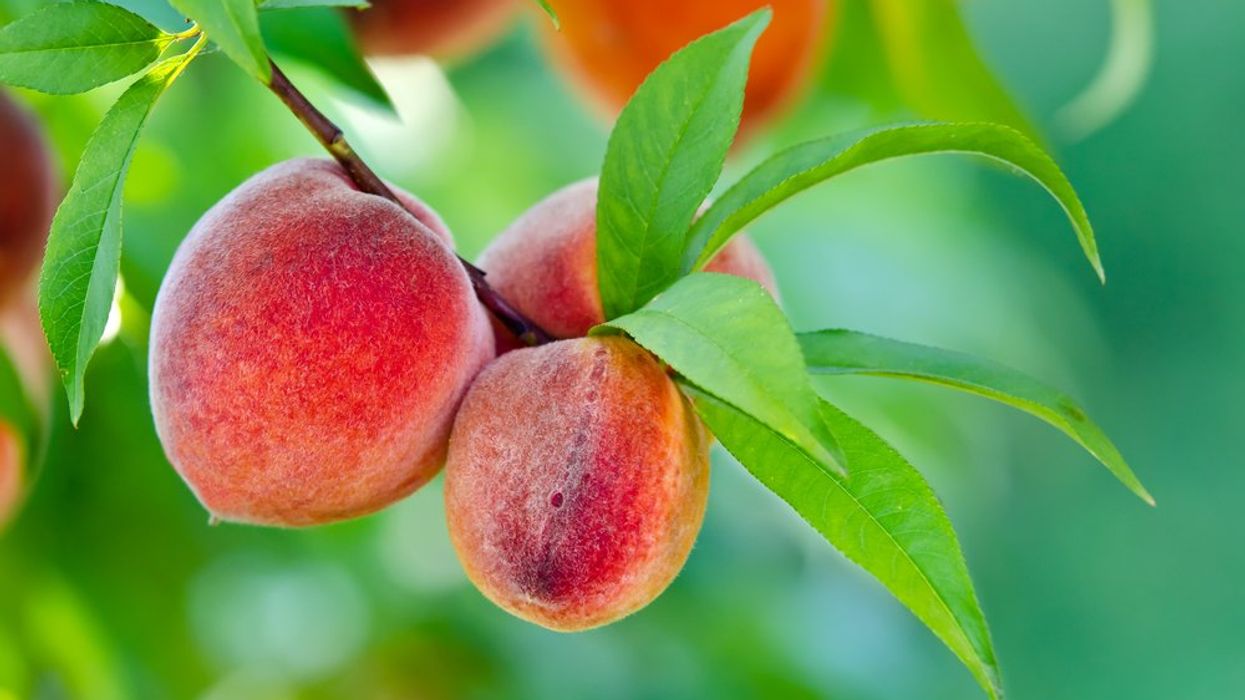(CNN) — The Peach State lost more than 90 percent of this year’s crop after abnormally warm weather this winter and a late-season freeze, Dario Chavez, an associate professor of Horticulture at the University of Georgia, told CNN.
Georgia normally produces more than 130 million pounds of peaches annually, according to the University of Georgia, and the crop in 2021 was valued at nearly $85 million.
Georgia was the third-largest producer of peaches in the country as of 2021, according to the US Department of Agriculture. South Carolina – which is also seeing a thinner yield this year due to extreme temperatures – ranks second behind California, which produces four times more peaches than Georgia and South Carolina combined.
Crops like peaches require a certain number of “chill hours,” ranging between 32 degrees and 45 degrees. The cold allows the plants to go into dormancy, much like people need sleep, Chavez explained. Different varieties of peaches require different number of “chill hours,” and this year the state did not have enough cold hours for many varieties that were planted.
The problem was exacerbated when late-season cold temperatures swept across the Southeast. Some varieties of peaches had already started to bloom in March and were “very susceptible to damage,” Chavez said. The freeze damaged and destroyed a number of the early flowers.
Most commercial growers plant between 40 and 60 varieties of peaches, all with different temperature requirements to allow for different ripening times for the plants. Growers diversify their crops to they can ship as each variety of peach ripens, Chavez said. This growing scheme allows for growers to elongate the season of fresh peaches shipped to consumers.
“Georgia peach crop was significantly affected by two late frosts in March,” Pearson Farms, a large producer of the fruit, said on their website. “We are so grateful to be able to offer you a few of our favorite varieties that survived the cold spring nights,” they added.
The eastern half of the country experienced unusual, summerlike heat in February. High temperatures climbed to 80 degrees as far north as Ohio and West Virginia in the last week of the month — unusual, but becoming less so in a warming climate.
A cold snap after such an early warm spell is damaging for the plants’ cycle, Theresa Crimmins, director of the USA National Phenology Network, warned in February. As flower buds develop, many species lose their ability to tolerate cold temperatures, which means a freeze could kill blooms and leave fruit crops and other commodities vulnerable to spring freezes.
Brad Rippey, a meteorologist with the US Department of Agriculture, previously told CNN that warm winters followed by a spring freeze have become more common in recent years. In 2017, for instance, a severe freeze in March damaged several fruit crops — peaches, blueberries, apples and strawberries — in states including Georgia and South Carolina, which carried an economic toll of roughly $1.2 billion.
“Even a typical spring freeze can damage commercial and backyard fruit crops that have been pushed into blooming by late-winter warmth,” Rippey said.
Peach plants are harvested once a year and take three to four years after planting before they are mature enough to be harvested, Chavez said.
“We know that climate change is creating an issue with warmer winters,” Chavez said.
In his 10 years in the state, he said he has not seen this much of the crop lost, but noted that nearly 80 percent of the peach crop was lost after the spring freeze in 2017.
“It is not a normal year,” Chavez said. “Sadly it is one of those years that you were excited for the year, but you start to think about next year – that everything is better, weather wise.”
The-CNN-Wire
™ & © 2023 Cable News Network, Inc., a Warner Bros. Discovery Company. All rights reserved.


















































